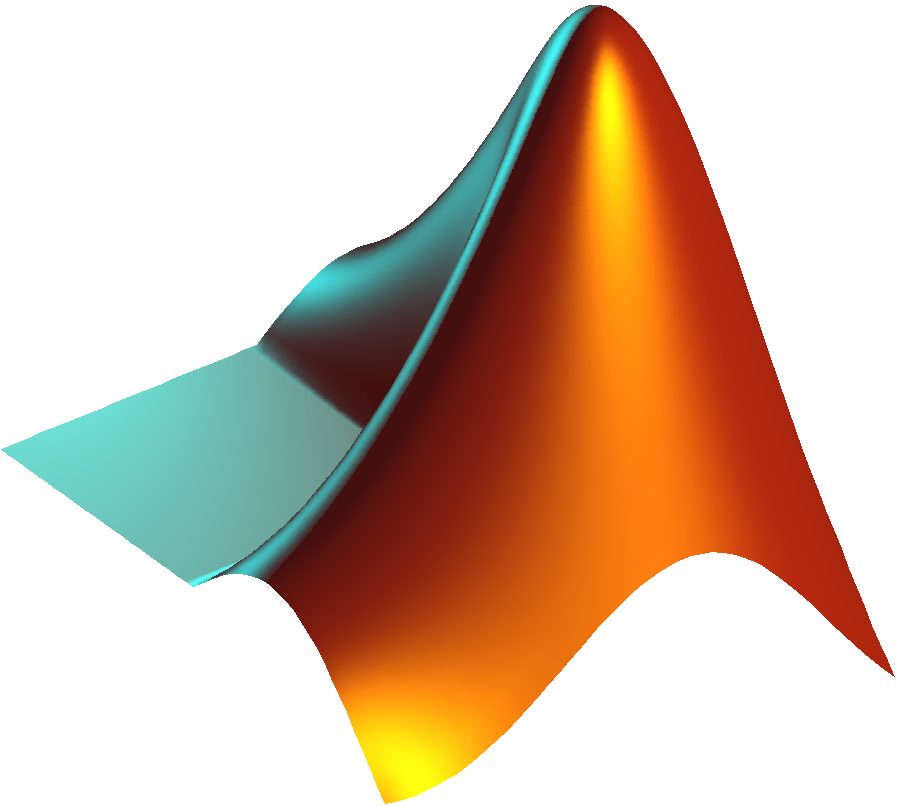Software
 Matlab (Matrix Laboratory) was developed by Cleve Moler in the 1970's to make LINPACK and EISPACK, powerful linear algebra packages written in Fortran, accessible to students. It has since become a very popular interpreted programming language for numerical computing, both in academia and industry.
Matlab (Matrix Laboratory) was developed by Cleve Moler in the 1970's to make LINPACK and EISPACK, powerful linear algebra packages written in Fortran, accessible to students. It has since become a very popular interpreted programming language for numerical computing, both in academia and industry.
Are you new to Matlab? Here are just a few of many tutorials and introductory texts:
- Lecture notes by David Houcque from Northwestern
- T. A. Davis and K. Sigmon, MATLAB Primer , Seventh Edition, Chapman & Hall/CRC, Boca Raton, 2005
- D. J. Higham and N. J. Higham, MATLAB Guide, Second Edition, SIAM, Philadelphia, 2005
Matlab is a proprietary language, but it is available to Auburn students (here).
 Python is a general purpose, free, and open-source programming language that has gained a lot of traction in recent years. Its development has greatly benefited from an active community and libraries like NumPy, SciPy and Matplotlib allow for its effective use in scientific computing. A good introduction to Python can be found here .
Python is a general purpose, free, and open-source programming language that has gained a lot of traction in recent years. Its development has greatly benefited from an active community and libraries like NumPy, SciPy and Matplotlib allow for its effective use in scientific computing. A good introduction to Python can be found here .
Anaconda is a free, cross-platform Python distribution that includes many libraries, including the ones we will need. We will work in Python 3. The distribution also includes Spyder, a Python IDE (Integrated Development Environment), that looks a little like the Matlab interface.
Here are a couple of good introductions to using the Python language for scientific computing:
- The official Python Tutorial
- Python for Computational Science and Engineering from the University of Southampton.
- Scipy for Matlab users , a nice comparison of some of the differences.
A major difference is that Python counts from 0 while Matlab counts from 1. - Plotting in Python, using matplotlib.pyplot